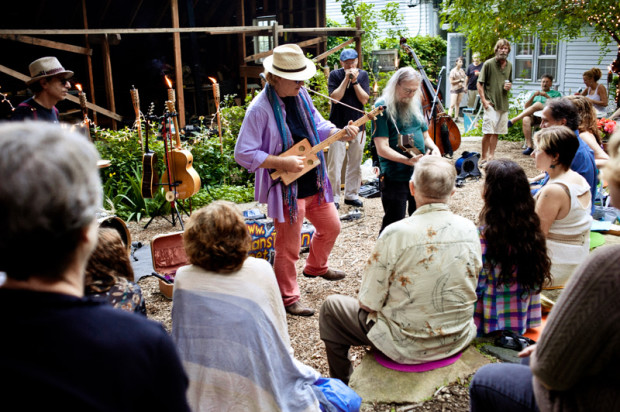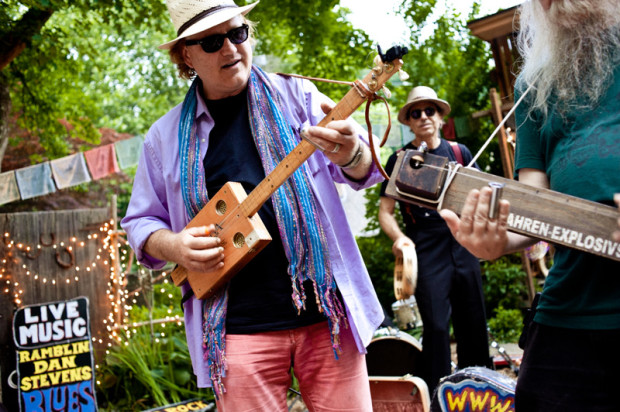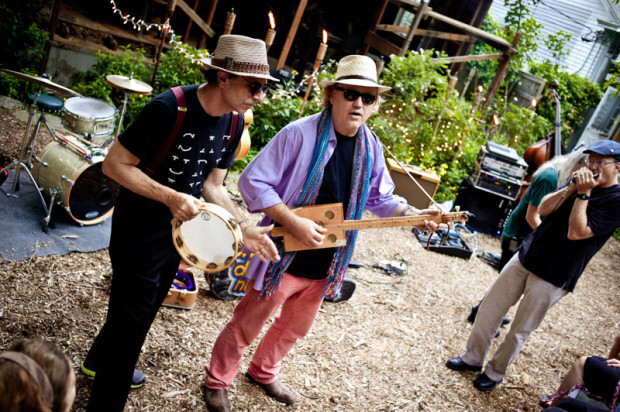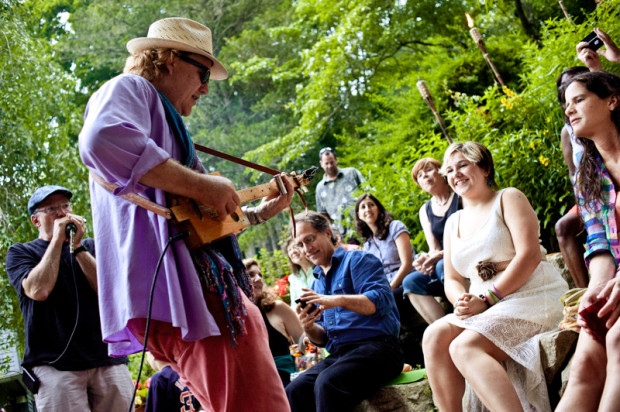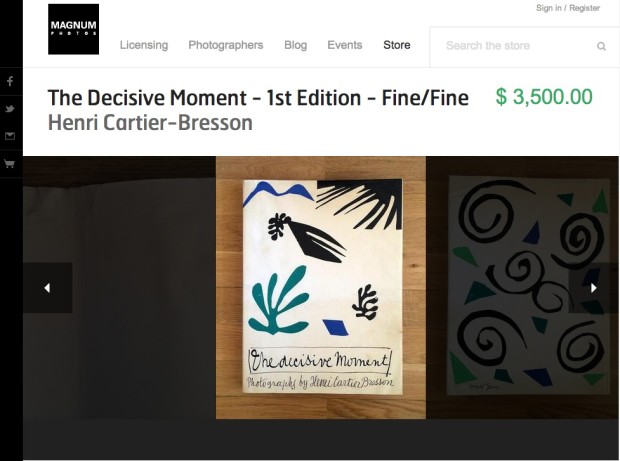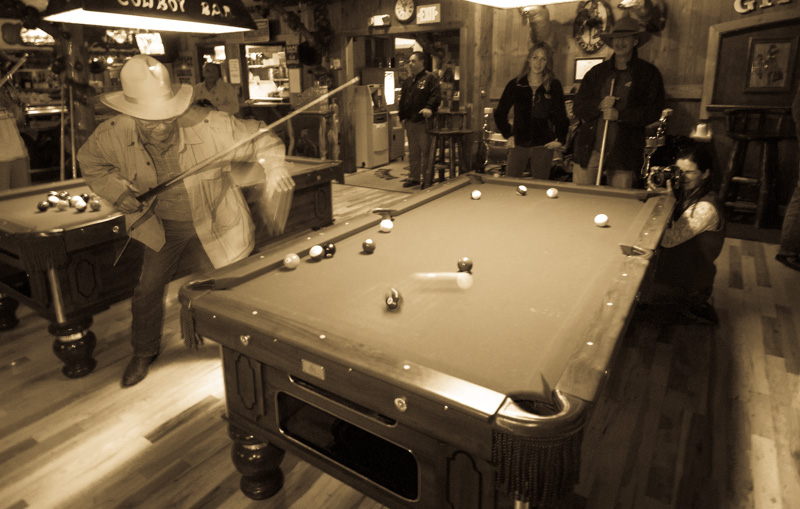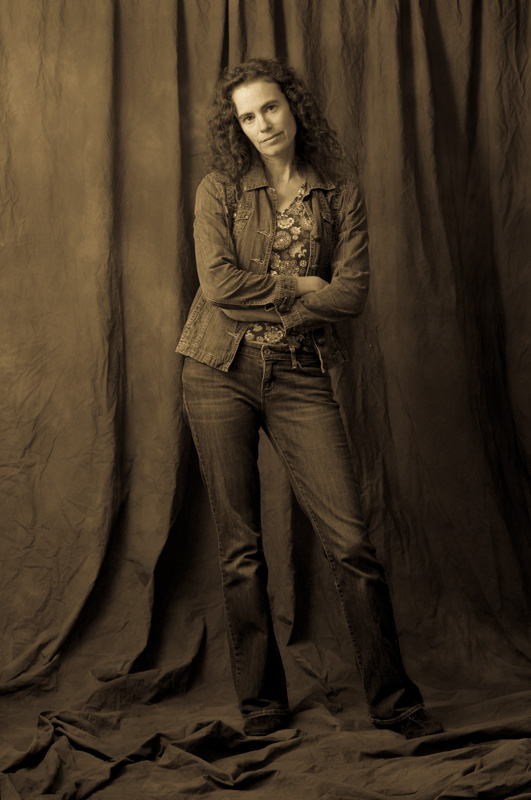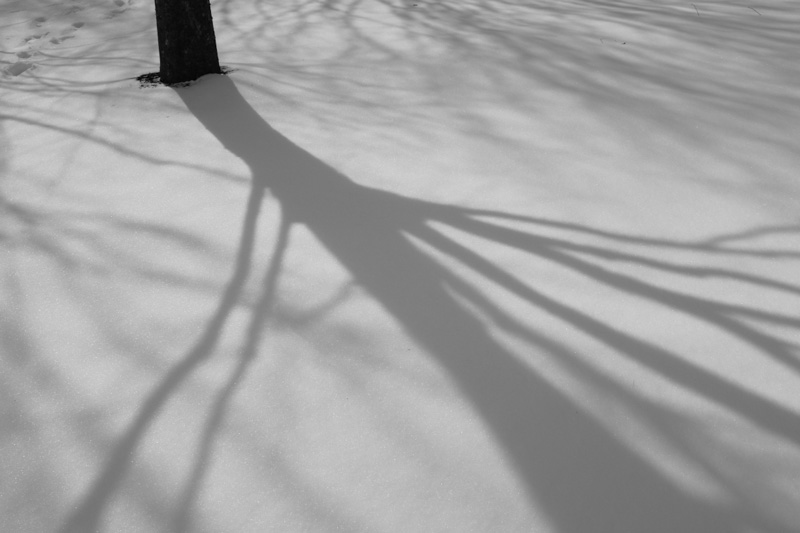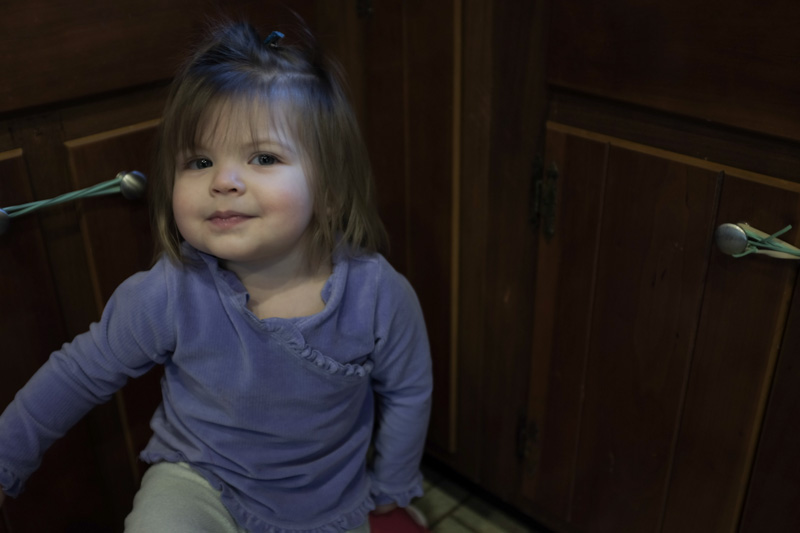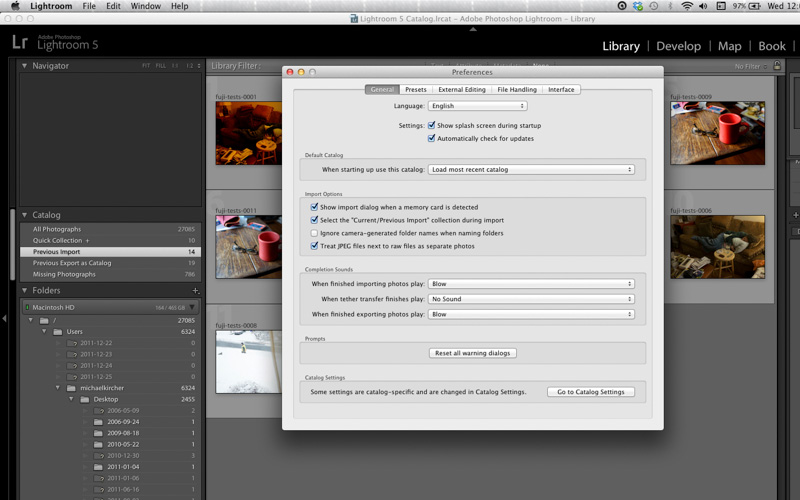Last June we took a four day road trip and headed north on I-95 aiming for Chester, CT. It was someone’s (ahem!) 50th Birthday and a get away was in order. We’re fairly familiar with the area having spent time over the years in Mystic, Essex and other parts along the coast there.
Every third Thursday from May to September the Nilsson Spring Street Gallery in Chester holds their Concerts In The Garden series. Music and the occasional play are enjoyed once a month by locals and sporadic vagabonds like us. The gardens are gorgeous, the amphitheater nice and intimate. It was a relatively cool evening the night we were there. Perfect for drinking beer (BYOB), eating pizza (homemade at the gallery) and listening to some blues.
Ramblin’ Dan Stevens and his band gave us some downright righteous Americana that night. His rapport with the audience is comfortable and easy going. His blues guitar is straight up bad-ass, no doubt about it. He’s toured all over, bringing his take on traditional American blues to audiences in the U.S., Europe and even the Virgin Islands.
In addition to his six-string acoustic, he often pulls out his homemade axes: a three-string cigar box guitar and a one-string Diddly Bow. With these, and using what looks to be a 3/4″ socket, he’ll bore down deep into some slide guitar mojo that would make Duane Allman even crack a smile.
The new season at the Nilsson Gallery is soon upon us, and a return visit is likely. Until then, here are a few images from last year’s groovy show.
And by the way, the art in the gallery is by Leif Nilsson. Worth a visit all itself.
